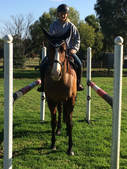
It’s pretty hard to set out to train an event horse. In reality what you have to do is pick a nice horse and start training. You might end up with an all-rounder, a pony club horse, an event horse, or anything else in between.
I believe that regardless of your discipline, you should aim to improve your horse. Improve him physically and nurture him mentally and whether you end up with an Olympian in your chosen discipline or a fabulously safe all-rounder, you’ve done well.
I believe that regardless of your discipline, you should aim to improve your horse. Improve him physically and nurture him mentally and whether you end up with an Olympian in your chosen discipline or a fabulously safe all-rounder, you’ve done well.
Eventing horses come in many shapes and sizes. There are general conformation traits that make some a little more likely to ‘make it’ than others, and there are personal preferences when it comes to each individual rider and trainer. There are also, however, many successful event horses that don’t fit the mould at all. I used to think my preference was a small, compact, nimble thoroughbred or thoroughbred cross horse with a good trot and an improve-able canter. Now I prefer a decent 16.2, narrow to sit on, not too uphill and not too compact scopey style thoroughbred. One preference that hasn’t changed is that I tend to prefer geldings over mares. Completely a personal choice.
Whatever horse you choose, are given, or can find, if you aim to improve that horse and you train him or her systematically and slowly then chances are you’re more than likely to be on the right track.
Here we see a series of photographs of four thoroughbred horses at very different stages of their careers all jumping the same fence at various heights. You can see by their expression and style the differences in their development. They all started out looking much like the gangly 4 year old (though some a less gangly than others…bless!).
Whatever horse you choose, are given, or can find, if you aim to improve that horse and you train him or her systematically and slowly then chances are you’re more than likely to be on the right track.
Here we see a series of photographs of four thoroughbred horses at very different stages of their careers all jumping the same fence at various heights. You can see by their expression and style the differences in their development. They all started out looking much like the gangly 4 year old (though some a less gangly than others…bless!).
Phteven – 4 year old thoroughbred, off the track approx 6 months. You can see he is slightly uneven in his technique in front and behind, and he’s having to concentrate fairly hard on the job at hand. He’s clearing the obstacle well, but it’s about the top of his skill level at this stage. We’d look for improvement in his technique (more symmetrical both in front and behind) and a feeling that this height was easy, even if he doesn’t reach the perfect take-off position, before we progress to jumping higher.
Fluffy – 9 year old thoroughbred, very limited training time for his age. While Fluffy is also fairly green as far as exposure and miles goes, you can see that his extra strength and training time is producing a much more ‘together’ jump. He is symmetrical in his hind legs and fairly symmetrical in front. His face is relaxed he looks to be using his back in a soft manner. If he consistently jumps in this fashion, and maintains good rhythm with self-carriage in the approach and getaway he is ready to progress with his jumping.
Diva – 9 year old thoroughbred, eventing since 4 years and currently competing one star. Although the same age as Fluffy, you can see that Diva is far more established at her job. She’s jumping significantly higher and with good technique. She is very symmetrical behind and in front, and her facial expression suggest she’s pretty cool about the task. As with Fluffy, if she is confidently jumping this height in this manner and consistently maintaining her own rhythm before and after the jumps she can slowly progress to bigger fences and more technical lines.
Eminence – 16 year old thoroughbred, eventing at three star. The professor! Eminence is not only jumping the highest, he’s doing it with great form and with no bit in his mouth. We find it really useful to jump the horses bitless from time to time (once they work well on the flat bitless) as it gives you a chance to further test your buttons and will often improve their technique by a few percent.
Four fairly different types of horses, all thoroughbreds, from 4 to 16 years of age and competing from 65cm up to three star level. It’s all in the training. Keep it progressive and keep it simple. Remember – if training is exciting to watch, chances are it is not good training.
Four fairly different types of horses, all thoroughbreds, from 4 to 16 years of age and competing from 65cm up to three star level. It’s all in the training. Keep it progressive and keep it simple. Remember – if training is exciting to watch, chances are it is not good training.
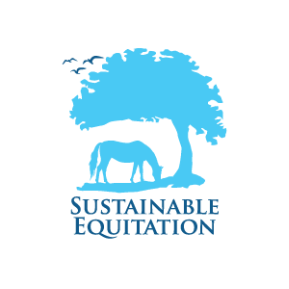
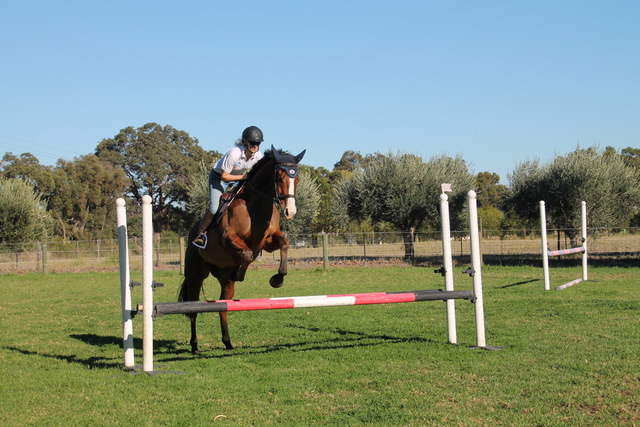
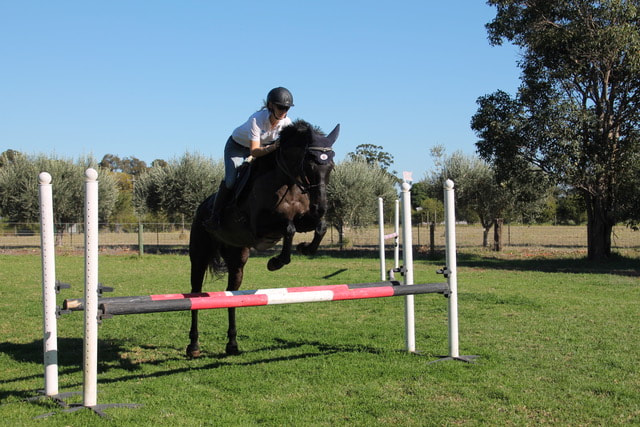
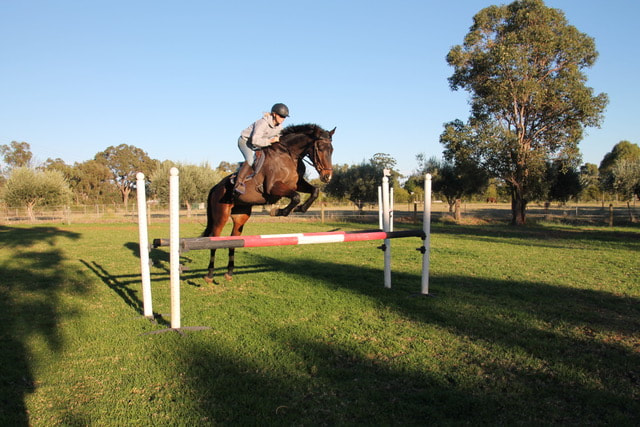
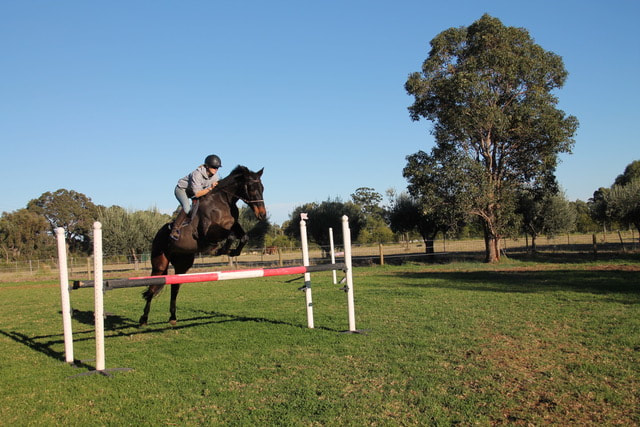
 RSS Feed
RSS Feed
